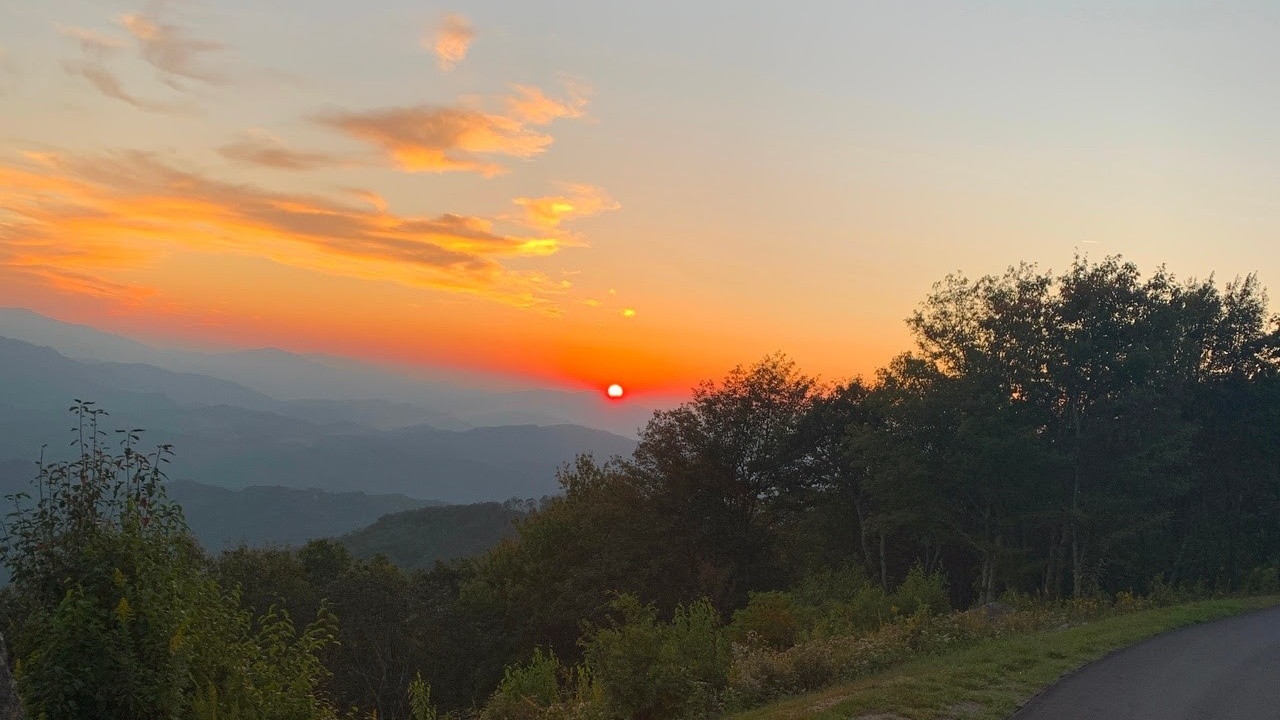Why is a frog green and a sunset orange?
Nov 03, 2022
September has flown by first with illness for the first couple weeks and now with some time recuperating in the mountains.
I've also been focused on my ongoing course, The Essential Elements Experience, guiding my students through line, shape, color, value and next week - space. It has been an enlightening experience. I've used the time to keep digging deeply into the elements. I'd like to share one of my revelations.
True or false: The world is made up of many colorful things.
Digging into the science of color has left me feeling the answer is possibly false.
Let's back up - way back - to Newton. He was one of many who at the time knew that a shaft of white light passed through a glass prism produced a spectrum of rainbow colors. The thought was that the colors were coming from the glass. Isaac then took the experiment to a new level. After splitting the light into the rainbow of colors, he then directed them again through another glass prism to produce a white beam of light, disproving the theory that the colors were coming from the glass. The were IN the light. All the colors!
Why can't we see them all the time?
Objects are composed of particles that either absorb a color or reflect it back into our eye. So, for example, a green frog is perceived as green because the frog is made up of atoms that absorb all the colors of the spectrum EXCEPT green. Green is reflected back into our eye and we perceive that we are seeing a green frog.
The color is in the light reflected in our eye, not the frog. Whoa- mind-blowing!
How about the sky or a sunset?
All light travels in a straight line unless something gets in the way and bends it (like a prism) or scatters it (like molecules of the gases in the atmosphere). Sunlight reaches Earth's atmosphere and it is scattered in all directions by all the gases and particles in the air. Blue light is scattered more than the other colors because it travels as shorter waves. So, we see a blue sky most of the time.
At sunset, the sun is low on the horizon, so sunlight passes through more air, the bluer light more easily bounces off molecules in the air, while redder light doesn't. More atmosphere means more molecules to scatter the blue light we usually see as sky, away from our eyes. The other warmer colors like red, pink and orange continue on their way, reflected from clouds to our eyes.
It's all about perception.
